Home>Storage Ideas>Kitchen Storage>What Not To Store Under The Kitchen Sink, According To Pro Organizers
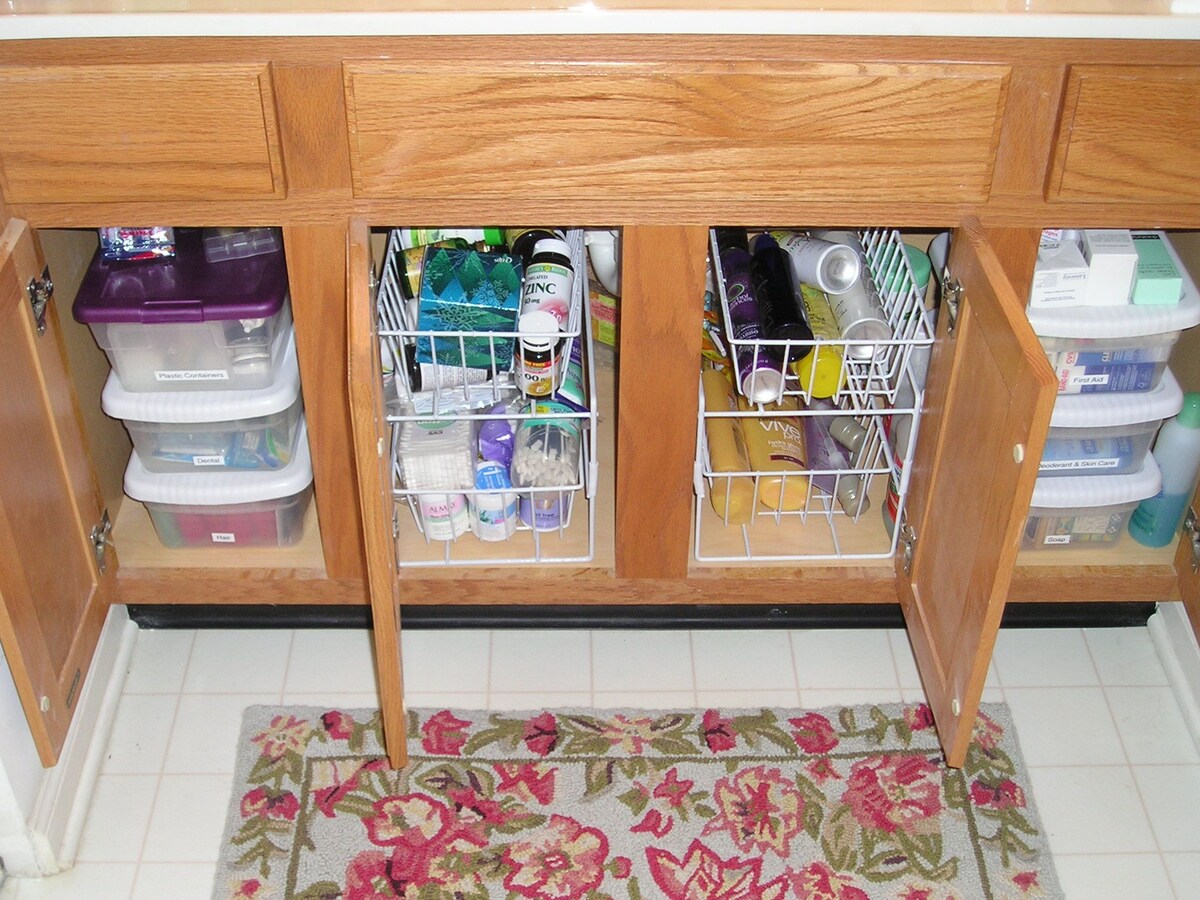

Kitchen Storage
What Not To Store Under The Kitchen Sink, According To Pro Organizers
Modified: January 18, 2024
Discover expert tips on what items you should avoid storing under your kitchen sink. Get organized with these must-know kitchen storage ideas.
(Many of the links in this article redirect to a specific reviewed product. Your purchase of these products through affiliate links helps to generate commission for Storables.com, at no extra cost. Learn more)
Introduction
Welcome to our guide on kitchen storage ideas! One area of the kitchen that often gets overlooked when it comes to organization is the space under the sink. It’s easy for this area to become a catch-all for various items, but it’s important to be mindful of what you store there.
In this article, we’ll be discussing what not to store under the kitchen sink, according to professional organizers. By avoiding certain items and adopting some clever storage solutions, you can maximize the efficiency and functionality of this space in your kitchen.
From cleaning supplies to household hazardous materials, food items, electronics and appliances, paper and cardboard, pet supplies, and miscellaneous items, we’ll cover it all. Let’s dive in and discover the best practices for organizing the area beneath your kitchen sink!
Key Takeaways:
- Keep cleaning supplies, household hazardous materials, food items, electronics, paper, and pet supplies out from under the kitchen sink to ensure safety, prevent contamination, and maximize storage potential.
- Prioritize organization and safety by finding suitable storage solutions for miscellaneous items, avoiding clutter, and creating an efficient kitchen environment.
Cleaning Supplies
One common mistake people make is storing all of their cleaning supplies under the sink. While it may seem convenient to keep everything in one place, it can actually create a cluttered and potentially hazardous environment. Here’s what you should avoid storing under the kitchen sink when it comes to cleaning supplies:
- Chemicals: Avoid storing chemicals such as bleach, ammonia, or drain cleaners under the sink. These substances can leak or spill, posing a potential danger to children, pets, and your plumbing system. Instead, consider storing them in a locked cabinet or on a high shelf out of reach.
- Expired Products: Take the time to go through your cleaning supplies and discard any expired products. Using expired cleaners may lead to ineffective cleaning and potentially harmful reactions. Dispose of them properly and only keep what you use regularly.
- Duplicate Items: Remove any duplicate cleaning supplies that you have. Having multiple bottles of the same product not only adds to the clutter but also makes it difficult to keep track of what you have. Only keep one of each essential cleaning item.
- Unnecessary Gadgets: Avoid storing unnecessary cleaning gadgets or tools under the sink. While it may be tempting to keep all of them within reach, try to limit the number of items to those you use frequently. Consider storing less frequently used tools in a separate location or cabinet.
By decluttering your cleaning supplies and being mindful of what you store, you can create a safer and more organized space under the kitchen sink. Consider using clear bins or organizers to keep similar items grouped together and make it easy to see what you have at a glance. This will also make it easier to find what you need when it’s time for a cleaning task.
Household Hazardous Materials
When it comes to storing items under the kitchen sink, it’s essential to be cautious with household hazardous materials. These are products that can be harmful to your health, the environment, or both. Here are some examples of household hazardous materials that you should avoid storing under the kitchen sink:
- Pesticides: Pesticides, including insecticides, herbicides, and rodenticides, should not be stored under the sink. These chemicals are intended for specific uses and should be kept out of reach of children and pets. Find a secure location, such as a locked cabinet or a high shelf, for these items.
- Paints and Solvents: Storing paints, paint thinners, varnishes, and solvents under the sink can lead to spills or leaks. These substances can release harmful fumes and may cause damage to your plumbing system. Store them in a well-ventilated area, away from heat sources and in their original containers.
- Batteries: It’s a common habit to store extra batteries under the sink. However, batteries can leak harmful chemicals if they come into contact with moisture or other substances, potentially causing damage and posing a risk to your health. Instead, consider keeping batteries in a dry and cool space or a designated battery storage container.
- Medications: While it may be convenient to store medications in the bathroom, the humidity and fluctuating temperatures under the sink can degrade them faster. Additionally, if left within reach of children, medications can be accidentally ingested. Instead, store medications in a cool, dry area, ideally in a locked medicine cabinet.
Properly disposing of household hazardous materials is just as important as not storing them under the kitchen sink. Follow the guidelines provided by your local waste management facility or visit their website to learn how to safely discard these items. Remember, safety should always come first when it comes to storing hazardous materials in your home.
Food Items
The space under the kitchen sink may seem like a convenient spot to store extra food items, but it’s actually not the most suitable location. Here’s why you should avoid storing food items under the sink:
- Potential Contamination: Under the sink, there’s a higher risk for moisture, leaks, and even pests. Storing food in this environment can lead to contamination and spoilage. It’s best to keep food in a dry, cool pantry or cabinet away from potential water sources.
- Unsafe Conditions: Cleaning supplies and other chemicals may be stored under the sink. If food items come into contact with these substances, it can lead to contamination and pose a health risk. Store food separate from cleaning supplies to ensure safety.
- Limited Space: The area under the sink is often limited in terms of space and accessibility. Storing food here can make it challenging to find what you need and lead to overcrowding. Instead, designate a designated food storage area in your kitchen, such as a pantry or cupboard.
When it comes to organizing your food items, consider these tips:
- Use clear containers or storage bins to keep similar food items together and make them easier to see.
- Label your food containers to quickly identify what’s inside and keep track of expiration dates.
- Regularly check and rotate your food supply to ensure that nothing spoils or goes past its expiration date.
- Group similar food items together, such as canned goods, snacks, or baking ingredients, to create an organized and efficient system.
By keeping food items in a dedicated storage area and implementing proper organization methods, you can prevent contamination, reduce waste, and easily find what you need when cooking or snacking.
Electronics and Appliances
When it comes to storing electronics and appliances, the area under the kitchen sink is generally not the best choice. Here’s why you should avoid storing these items in this space:
- Potential Water Damage: The space under the sink is more susceptible to moisture and water leaks, which can be damaging to electronics. If there’s a plumbing issue or a leak, it can ruin your electronic devices and render them unusable.
- Lack of Ventilation: Electronic devices generate heat, and they require proper ventilation to prevent overheating. Storing them in a closed and confined space like under the sink can lead to overheating and reduced lifespan.
- Inconvenience: Accessing electronics and appliances stored under the sink can be cumbersome, especially if you need to use them regularly. You may have to bend down, move other items, or even empty the entire area to reach them. It’s best to have a designated spot for your electronics and appliances that is easily accessible.
Instead of storing electronics and appliances under the sink, here are some alternative storage solutions:
- Cabinet or Shelving: Reserve a dedicated cabinet or shelf for your small kitchen appliances and electronic devices. This will keep them easily accessible and protect them from potential water damage.
- Countertop or Pantry: If you have larger appliances, consider storing them on the countertop or in a pantry area. This way, they are readily available when needed and won’t take up valuable space under the sink.
- Utilize Vertical Space: Install wall-mounted shelves, hooks, or racks to make use of vertical space for storing smaller electronics or appliances. This keeps them off the counter and creates an organized display.
By finding alternate storage solutions for your electronics and appliances, you can protect them from potential water damage, ensure proper ventilation, and make them easily accessible for everyday use.
Avoid storing perishable items, such as food, under the kitchen sink. The moisture and temperature fluctuations can lead to spoilage and attract pests. Instead, use this space for cleaning supplies and non-perishable items.
Paper and Cardboard
The area under the kitchen sink is not an ideal place to store paper and cardboard items. Here’s why you should avoid storing them in this space:
- Potential Water Damage: The sink area is more susceptible to leaks and moisture, which can easily damage and ruin paper and cardboard products. Water can cause them to become soggy, moldy, or misshapen.
- Space Constraints: The area under the sink is often limited in terms of space. Storing paper and cardboard items there can occupy valuable storage real estate that could be better utilized for items that are more suited for the location.
- Pest Attraction: Paper and cardboard are attractive to pests such as insects and rodents. Storing them under the sink can inadvertently invite unwanted visitors into your kitchen. It’s best to store these items in a dry, elevated area where pests are less likely to be attracted.
When it comes to organizing your paper and cardboard items, consider these alternatives:
- Office or Study Area: If you have a designated office or study area in your home, consider storing your paper and cardboard supplies there. This will keep them easily accessible and in a controlled environment.
- File Cabinets or Shelving Units: Invest in file cabinets or shelving units to store important documents and papers. This will keep them organized, protected, and easily accessible when needed.
- Recycling Bin: Dispose of unnecessary paper and cardboard items through recycling. Keep a designated recycling bin in your kitchen or a nearby area to properly manage these materials.
By finding alternative storage solutions for your paper and cardboard items, you can prevent water damage, free up space under the sink for more suitable items, and reduce the risk of attracting pests into your kitchen.
Pet Supplies
While it may be tempting to store pet supplies under the kitchen sink for easy access, it’s important to consider the suitability of this space. Here’s why you should be cautious about storing your pet supplies under the sink:
- Potential Contamination: The area under the sink is commonly used to store cleaning supplies and other potentially hazardous materials. Storing pet food, treats, or medications in close proximity to these items can lead to contamination and pose a risk to your pet’s health.
- Space Limitations: Kitchen sinks are often situated in small spaces, making it impractical to store all of your pet supplies there. Storing everything under the sink can lead to a cluttered and disorganized area, making it difficult to find what you need when caring for your pet.
- Pets’ Curiosity: Many pets are curious creatures and may be able to access the items stored under the sink. This can result in accidental ingestion of harmful substances or damage to the supplies themselves.
Instead of storing pet supplies under the sink, consider these alternative storage options:
- Designated Pet Area: Create a specific area in your home, such as a pantry, closet, or dedicated drawer, to store your pet supplies. This will keep everything organized and easily accessible for your furry friend’s needs.
- Pet-Friendly Storage Bins: Use pet-friendly storage bins or containers to store food, treats, and toys. Ensure that the storage containers are airtight to maintain the freshness of the pet food and prevent pests from getting in. Label the containers for easy identification.
- Wall-Mounted Storage: Install shelves or hooks on the wall to hang pet leashes, harnesses, and other accessories. This will keep them off the floor and easily within reach when you need them.
By keeping your pet supplies in a dedicated and pet-safe storage area, you can ensure their cleanliness, organization, and easy accessibility while also promoting a safe and healthy environment for your furry friend.
Miscellaneous Items
The area under the kitchen sink often becomes a catch-all for miscellaneous items that don’t have a designated storage space. However, it’s essential to approach this space with purpose and organization. Here are some tips on what not to store under the kitchen sink when it comes to miscellaneous items:
- Random Junk: Avoid using the space under the sink as a dumping ground for random items. This can lead to clutter and make it challenging to find what you need when you need it. Instead, take the time to declutter and find suitable storage spaces for each item.
- Valuable Items: Keeping valuable items such as jewelry, money, or important documents under the sink is not advisable. The sink area is prone to moisture and potential leaks, which can damage or destroy these items. Find a safer and more secure location to store your valuables.
- Bulky Items: Large, bulky items can take up valuable space under the sink and make it challenging to access other stored items. Consider finding alternative storage solutions for these items in more spacious areas of your home, such as a garage or storage room.
- Flammable or Combustible Materials: It’s crucial not to store flammable or combustible materials under the sink. This includes items such as gasoline, propane tanks, or aerosol cans. These items pose a significant safety hazard and should be stored according to their specific safety guidelines.
To properly organize miscellaneous items, consider the following tips:
- Sort and Categorize: Take the time to sort through your miscellaneous items and categorize them into groups. This will make it easier to identify what you have and find appropriate storage solutions.
- Utilize Storage Containers: Use storage containers or bins to keep like items together and prevent them from becoming disorganized. Label the containers to make it easy to find what you need.
- Find Alternate Storage Spaces: If the items under your kitchen sink are not essential for everyday use, consider finding alternative storage spaces in other areas of your home that are more suited to accommodate them.
By being intentional with what you store under the sink and finding suitable storage solutions for your miscellaneous items, you can declutter the space, improve accessibility, and create a more organized kitchen environment.
Conclusion
Organizing the space under your kitchen sink is essential for maintaining an efficient and functional kitchen. By being mindful of what you store in this area, you can create a safer, more organized space that maximizes storage potential. Here are the key takeaways from our guide on what not to store under the kitchen sink:
- Avoid storing cleaning supplies under the sink, especially chemicals that can pose a danger to children, pets, and your plumbing system.
- Be cautious with household hazardous materials and store them in secure locations away from food, pets, and children.
- Keep food items away from potential water damage and contamination by storing them in dry and cool pantry areas instead.
- Electronics and appliances are better suited for storage in designated areas, as the space under the sink may lack proper ventilation and be prone to water damage.
- Store paper and cardboard items in dry areas to prevent water damage and avoid attracting pests into your kitchen.
- When it comes to pet supplies, prioritize safety by keeping them away from potentially harmful substances and creating a dedicated storage area for easy access.
- For miscellaneous items, avoid using the space under the sink as a catch-all and find suitable storage spaces for each item.
Remember, proper organization not only makes your kitchen more functional but also promotes a clean and safe environment. Consider utilizing storage containers, labeling items, and finding alternative storage areas throughout your home to keep everything organized and easily accessible.
By implementing these practices, you can transform the space under your kitchen sink into an organized and efficient storage area that enhances your overall kitchen experience. Happy organizing!
Frequently Asked Questions about What Not To Store Under The Kitchen Sink, According To Pro Organizers
Was this page helpful?
At Storables.com, we guarantee accurate and reliable information. Our content, validated by Expert Board Contributors, is crafted following stringent Editorial Policies. We're committed to providing you with well-researched, expert-backed insights for all your informational needs.
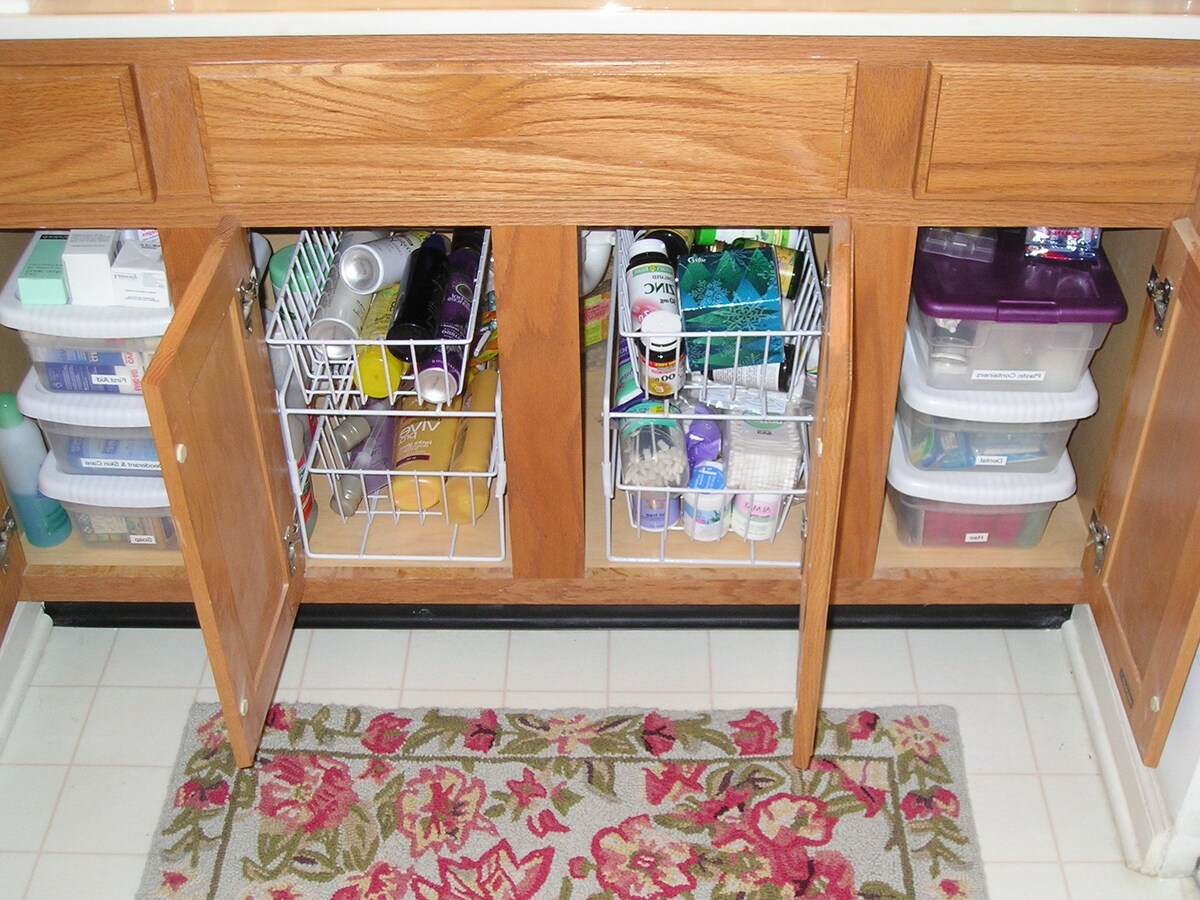
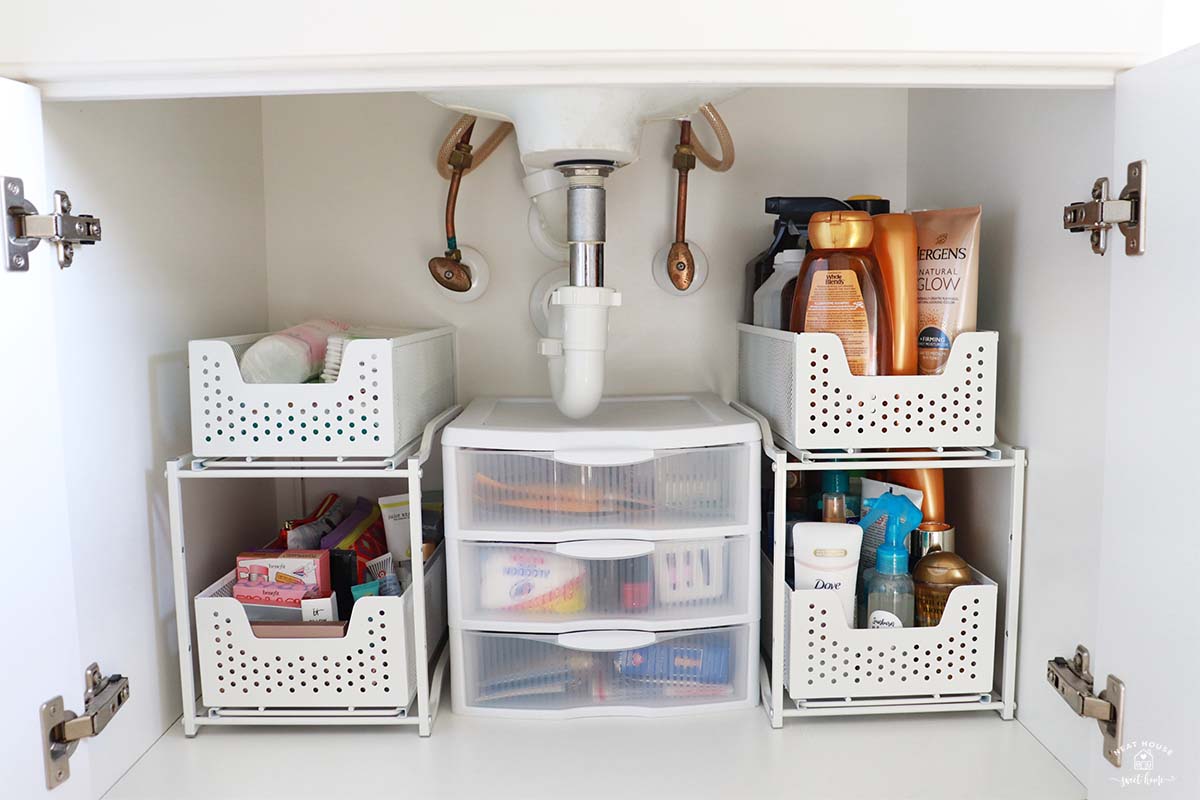

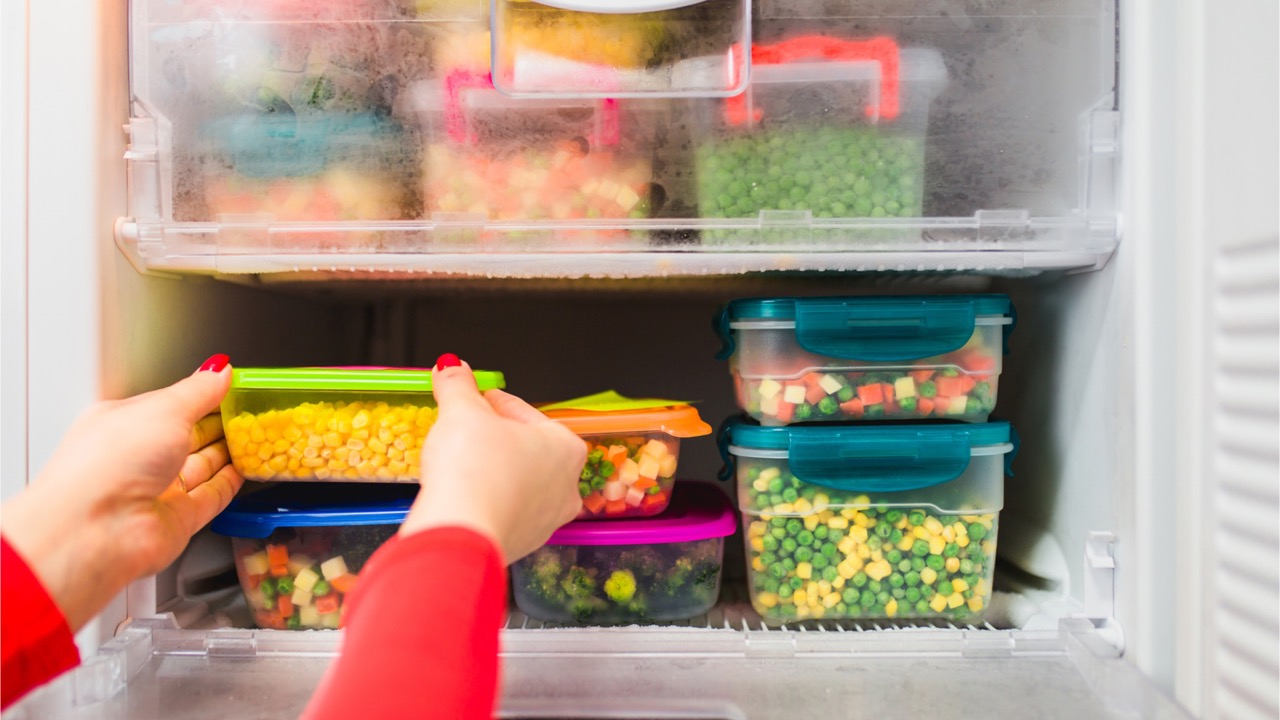
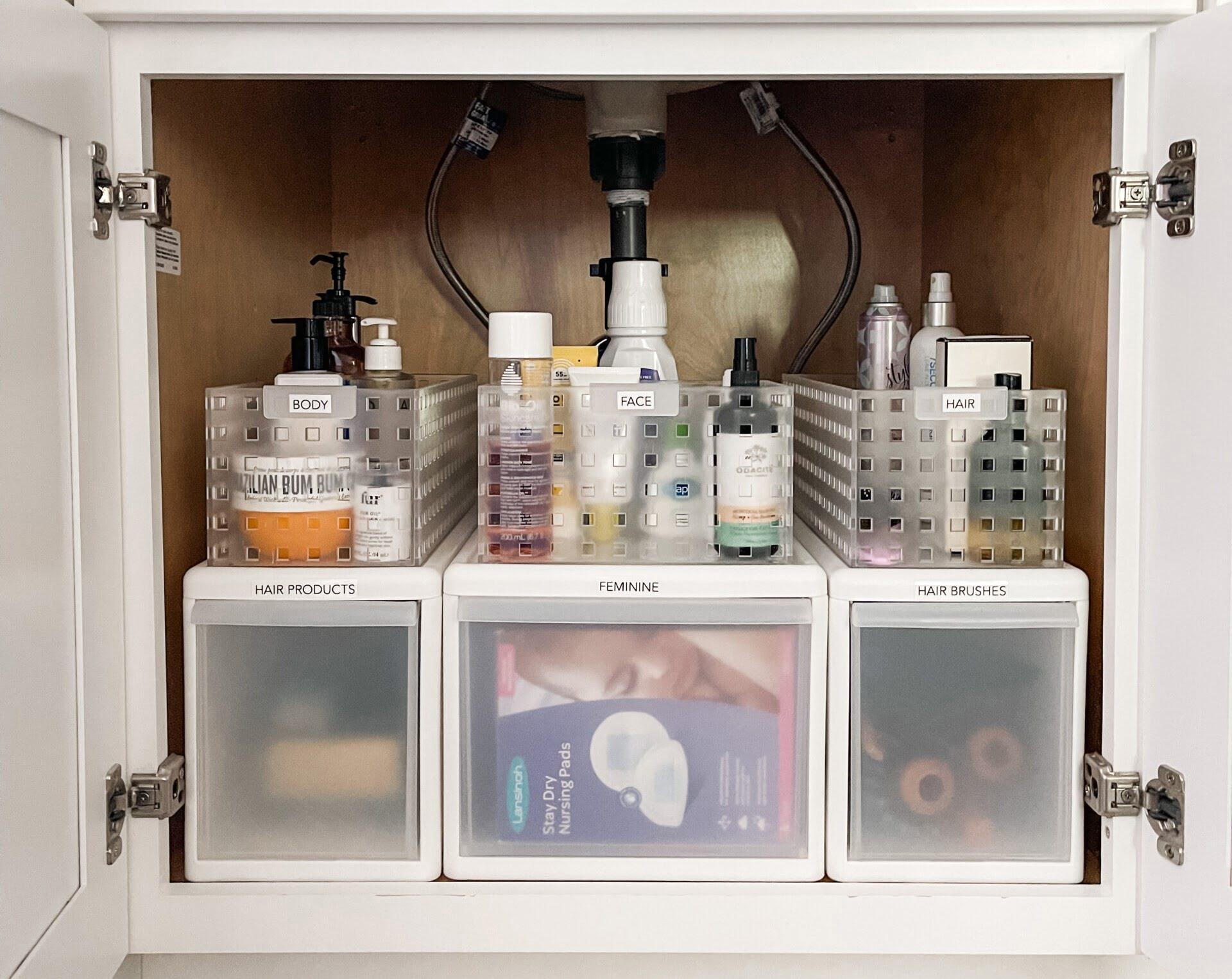
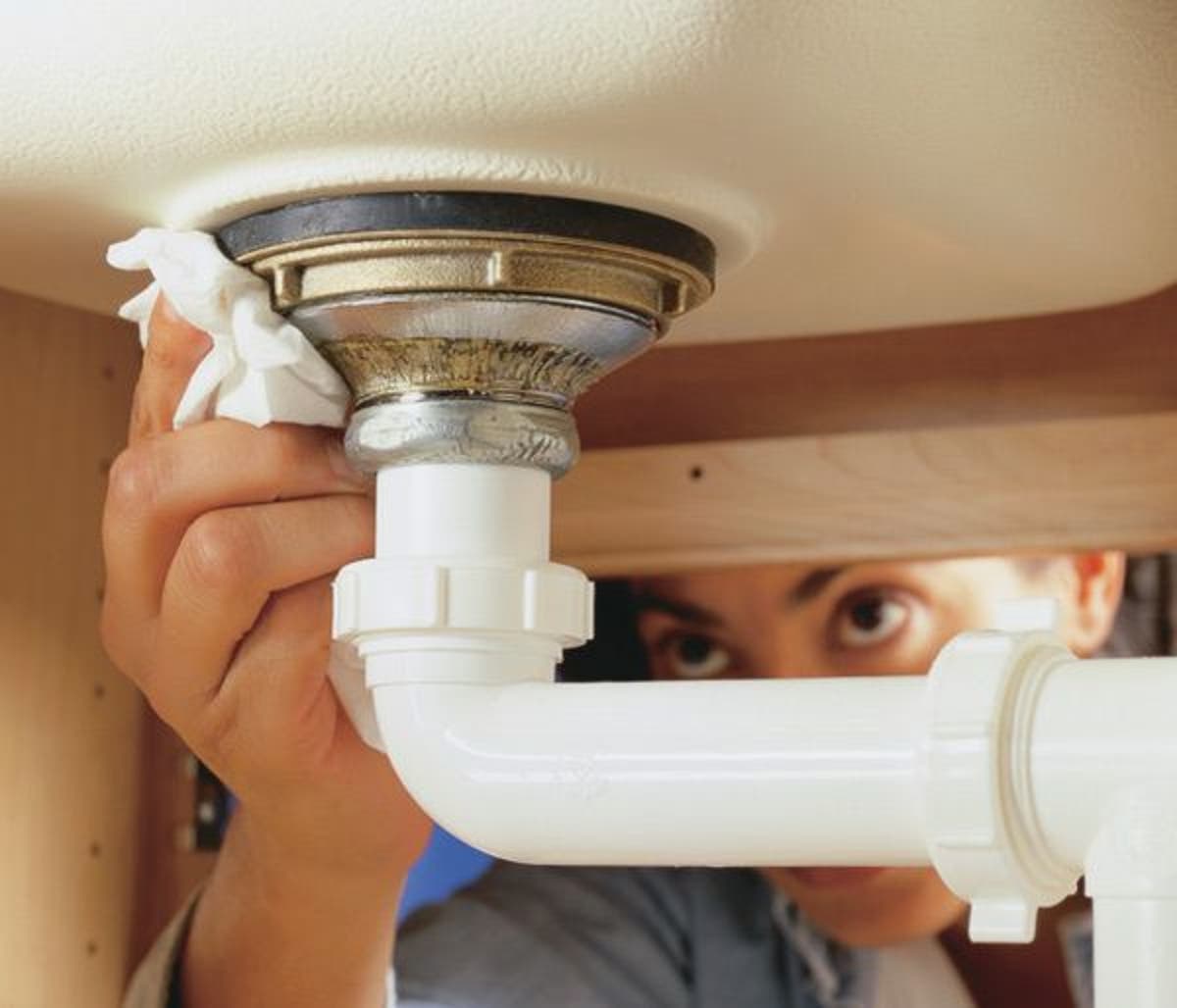
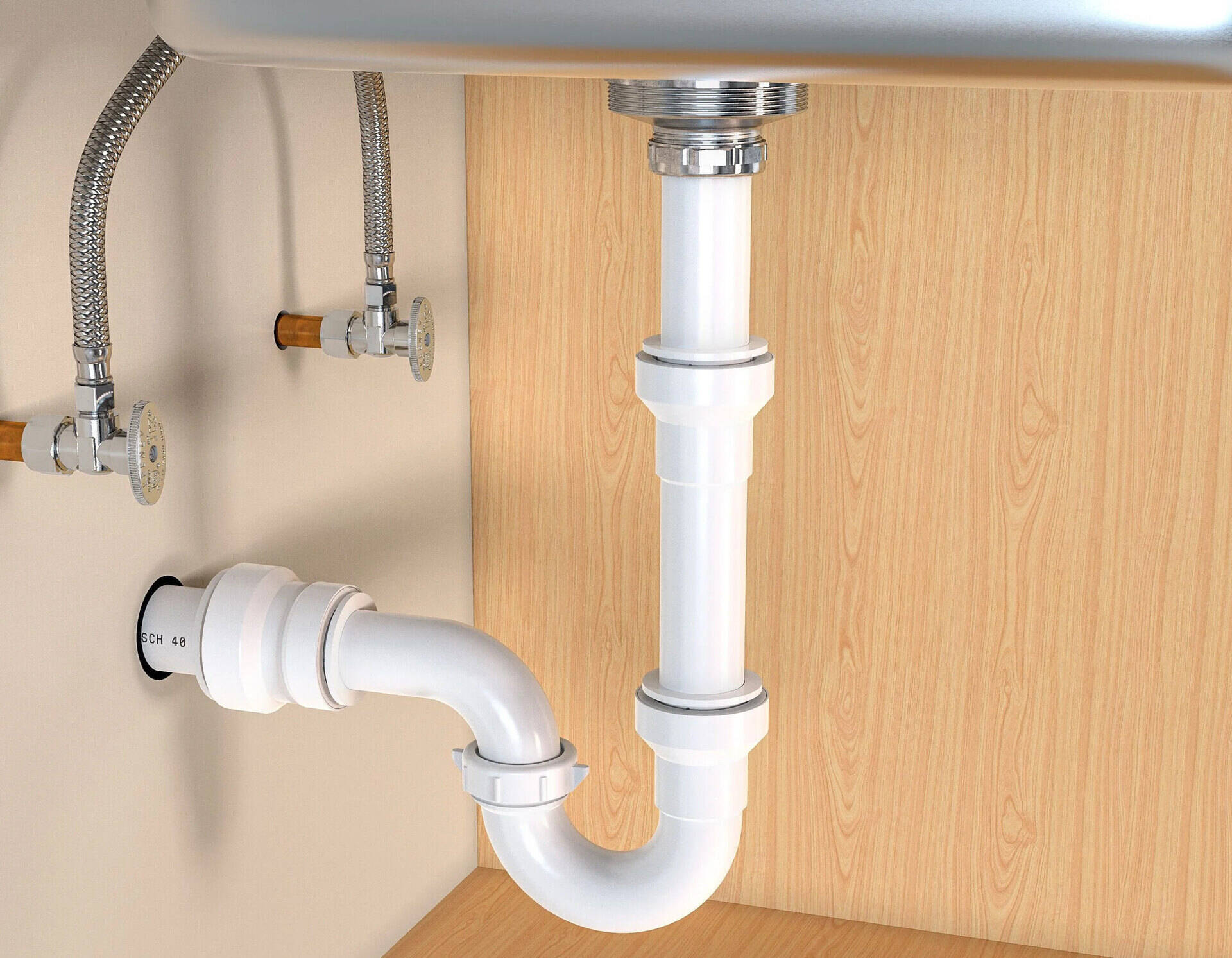
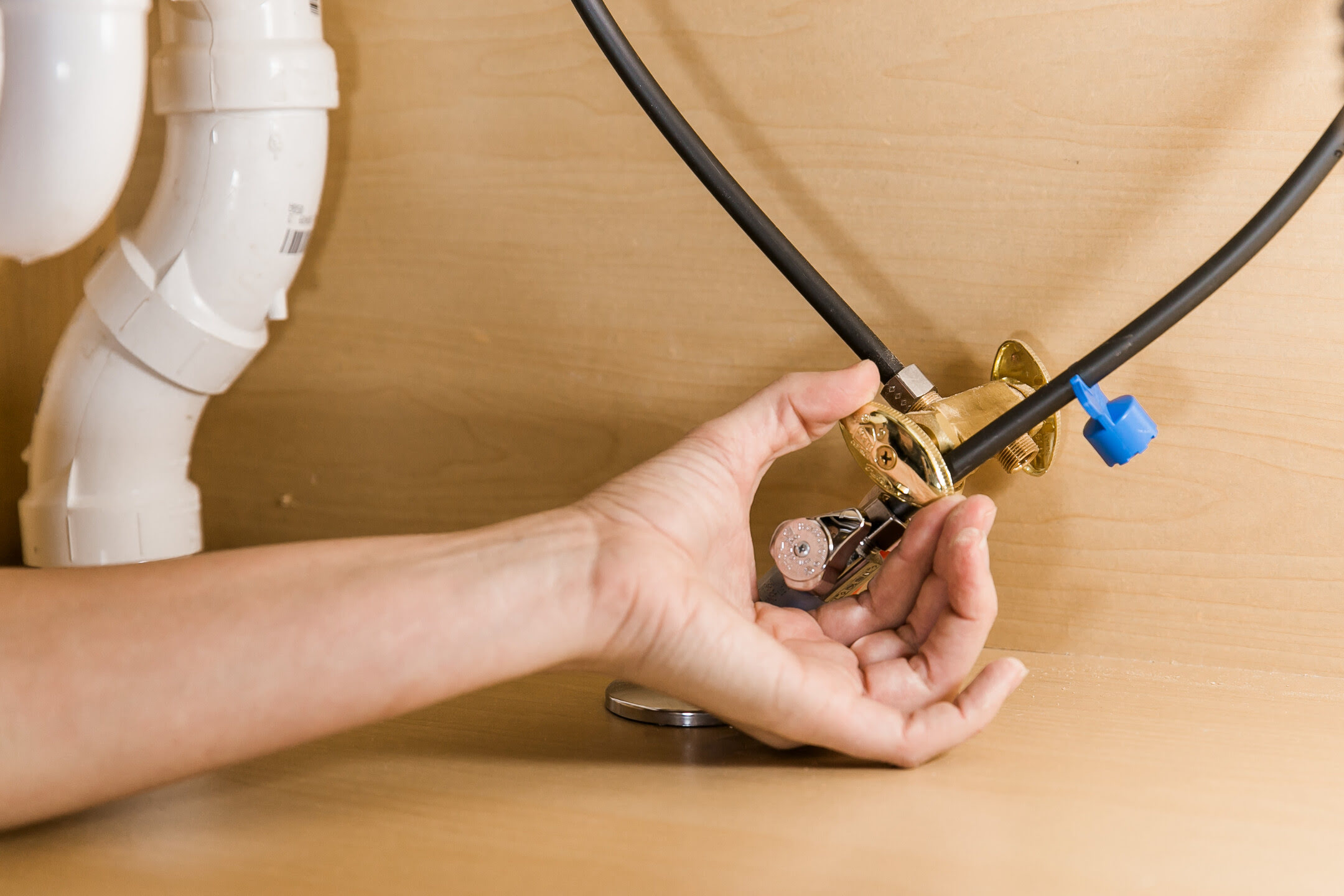
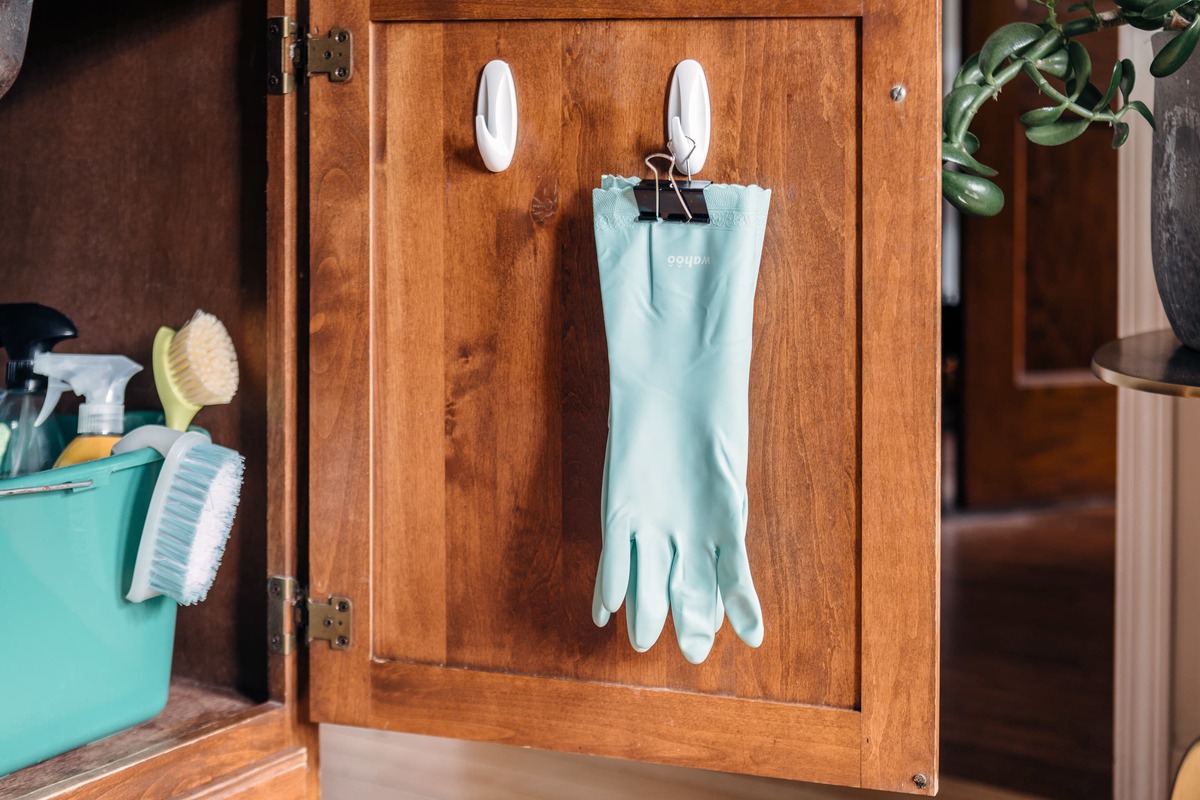
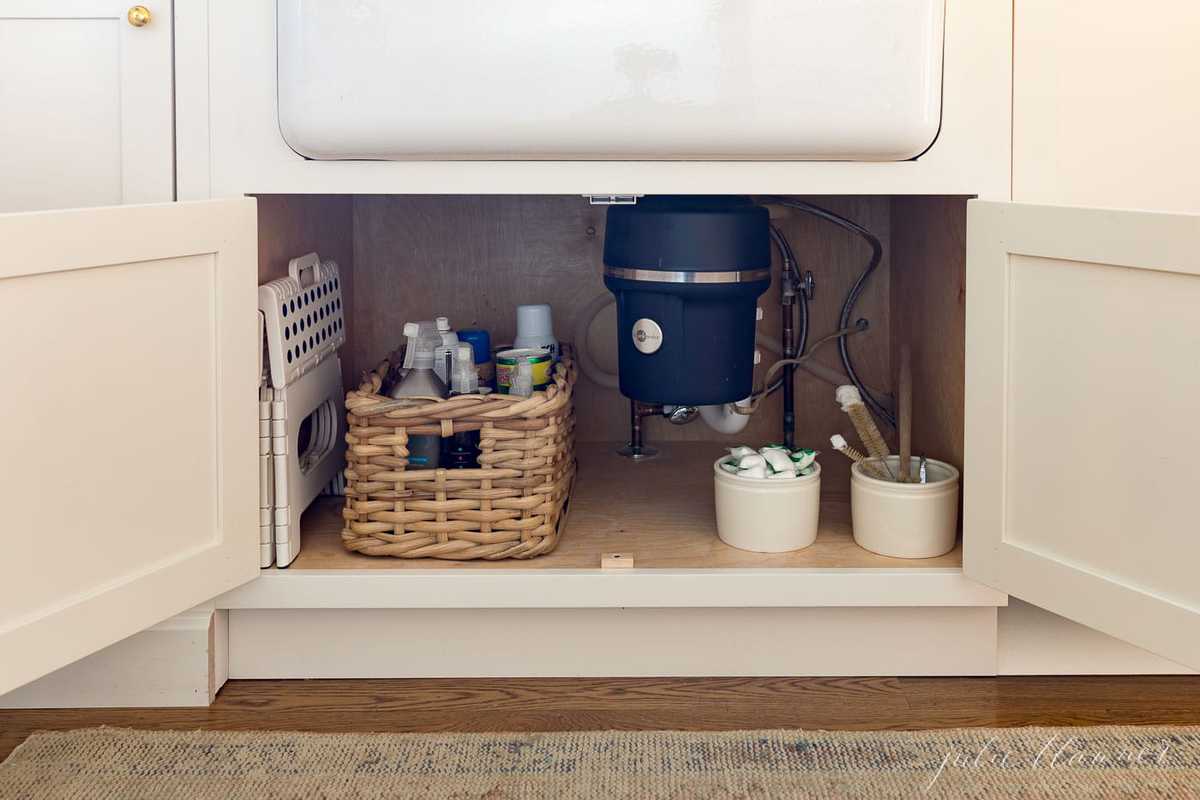
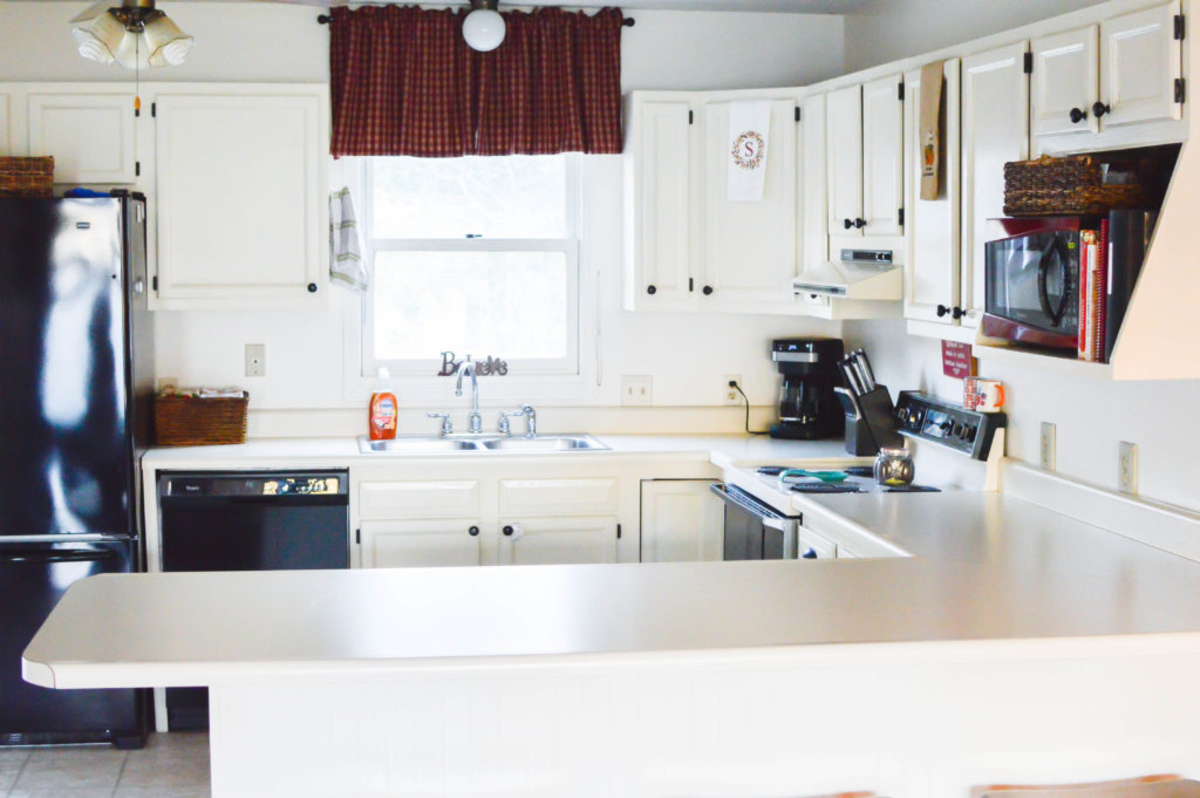
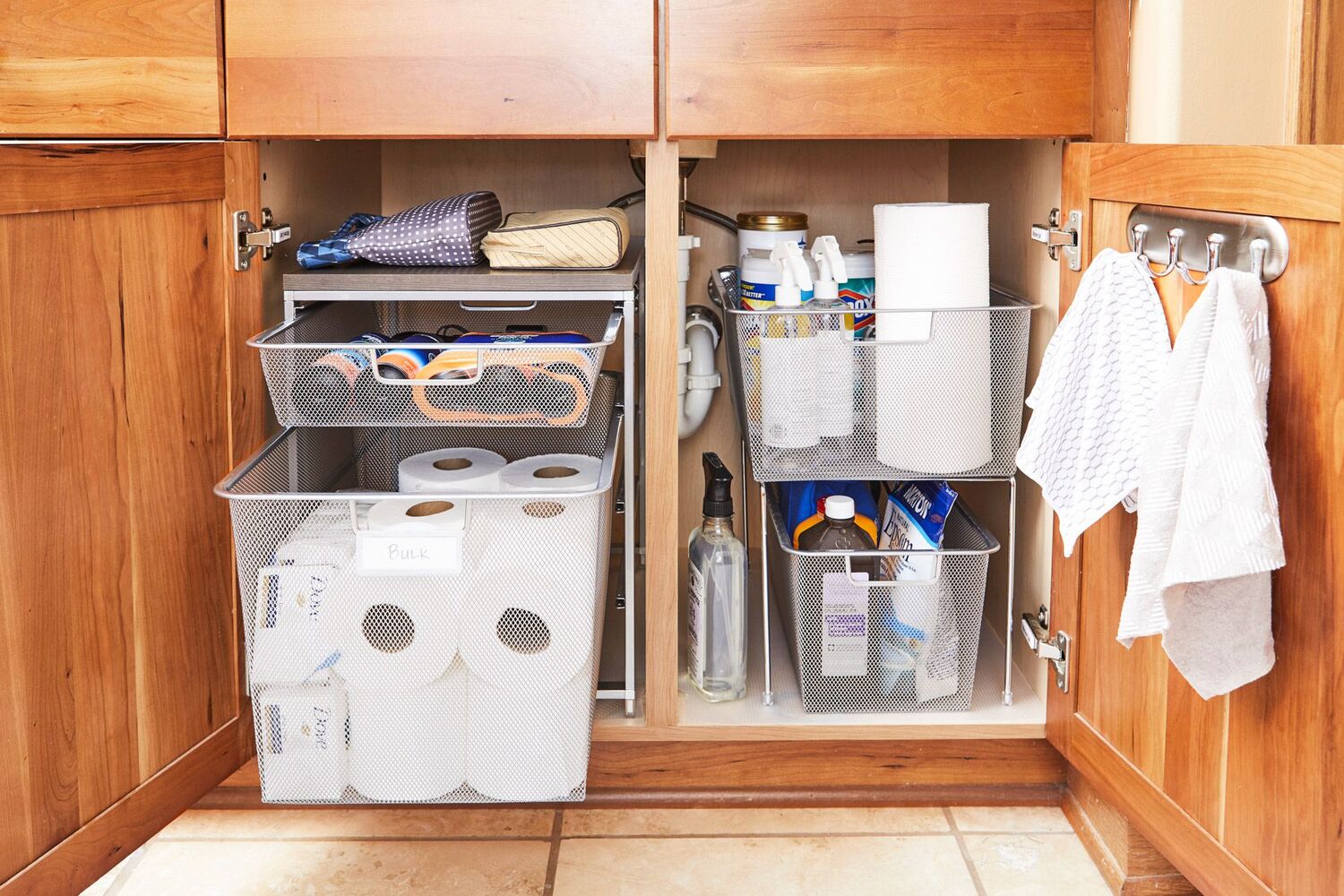
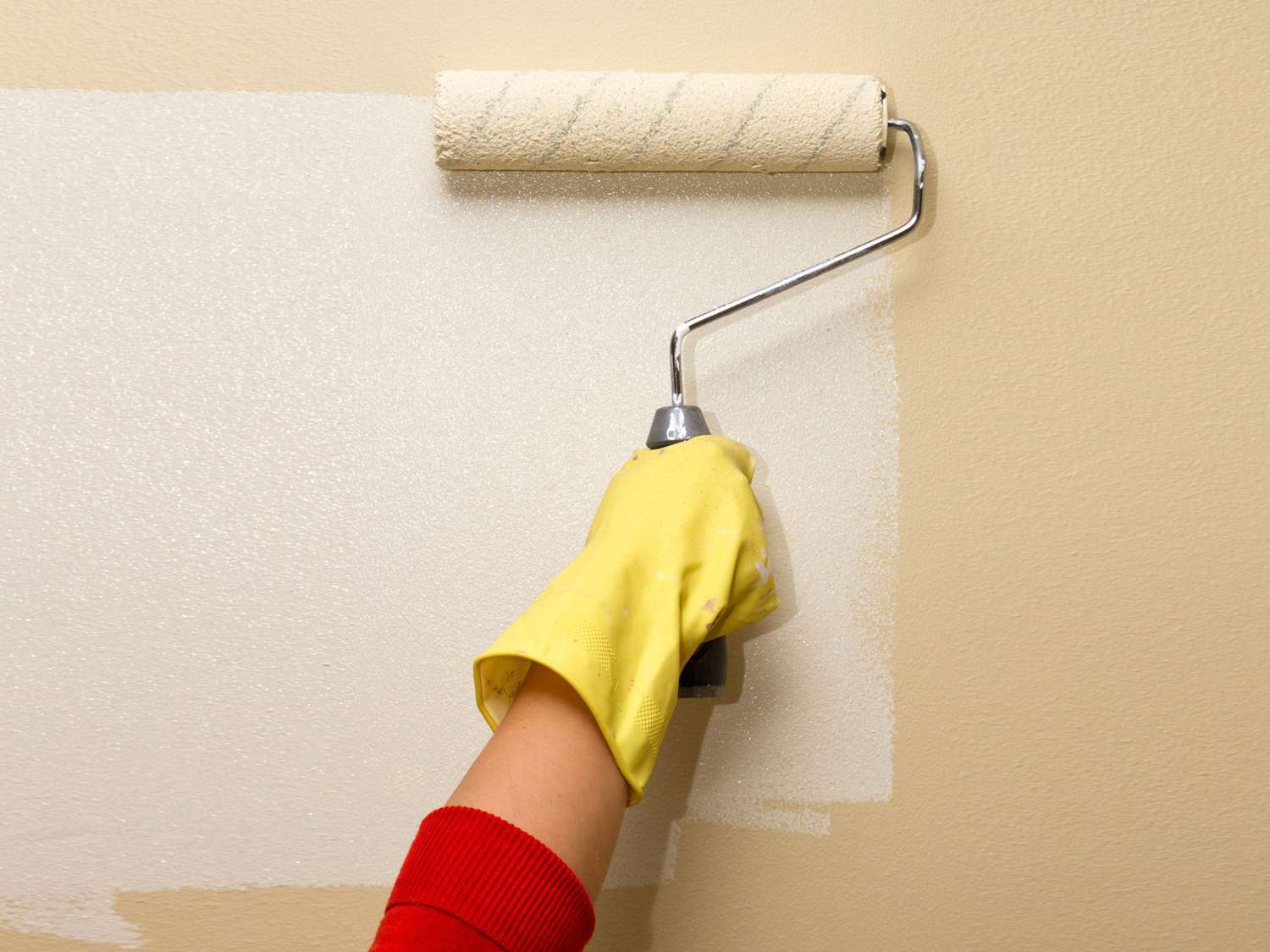
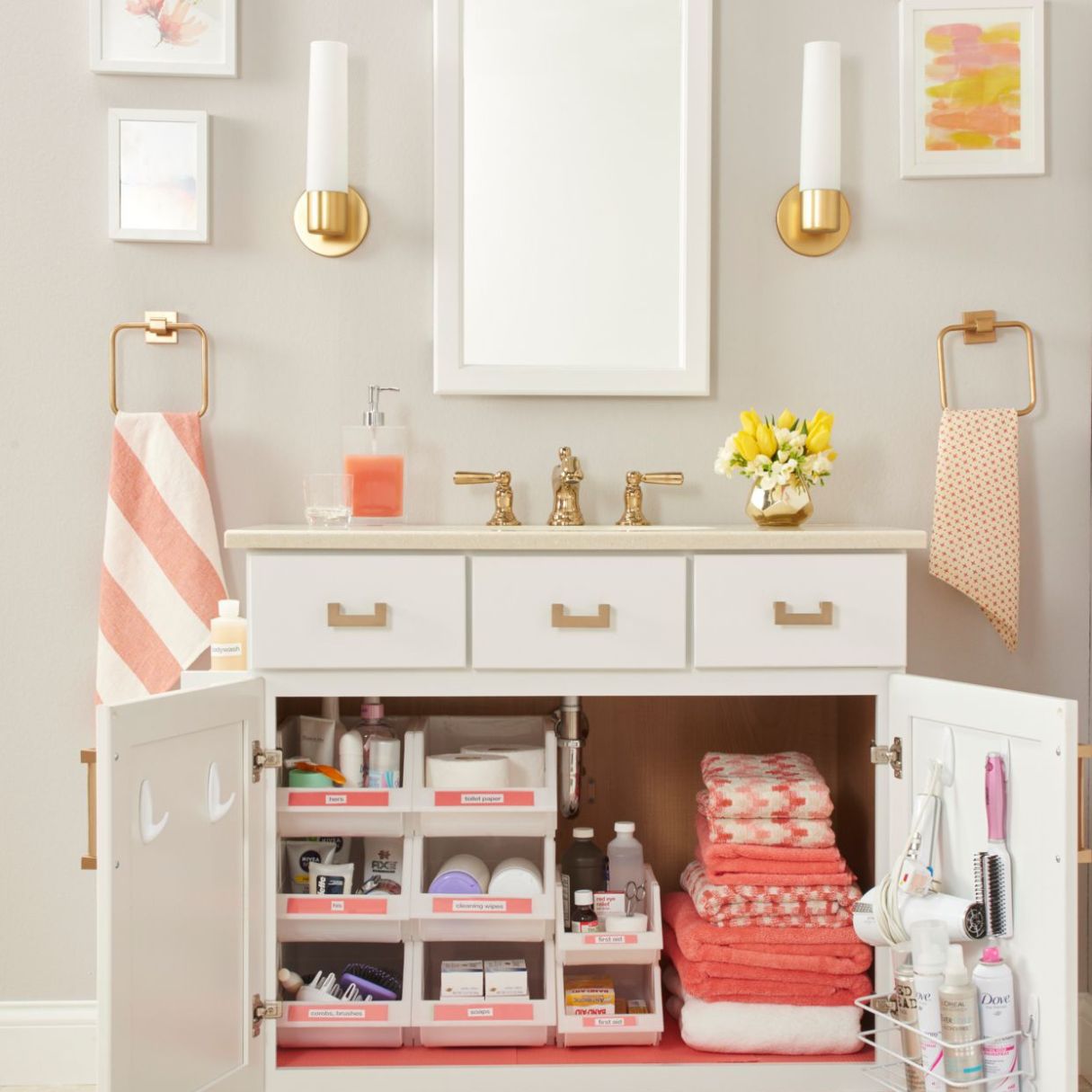

0 thoughts on “What Not To Store Under The Kitchen Sink, According To Pro Organizers”